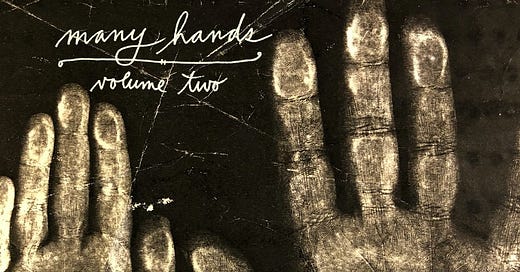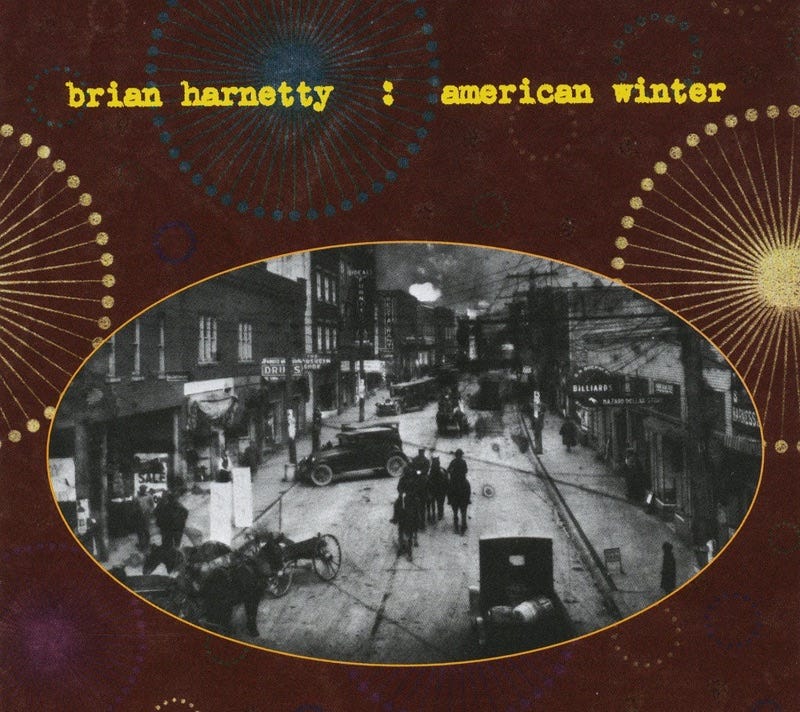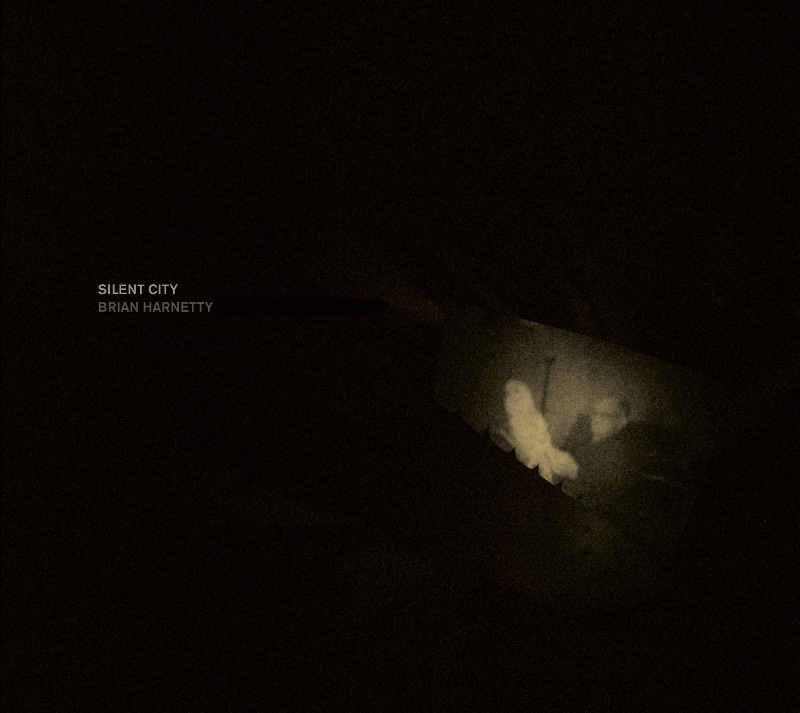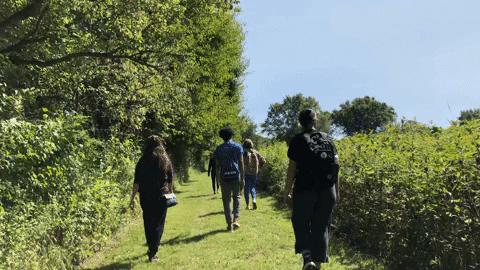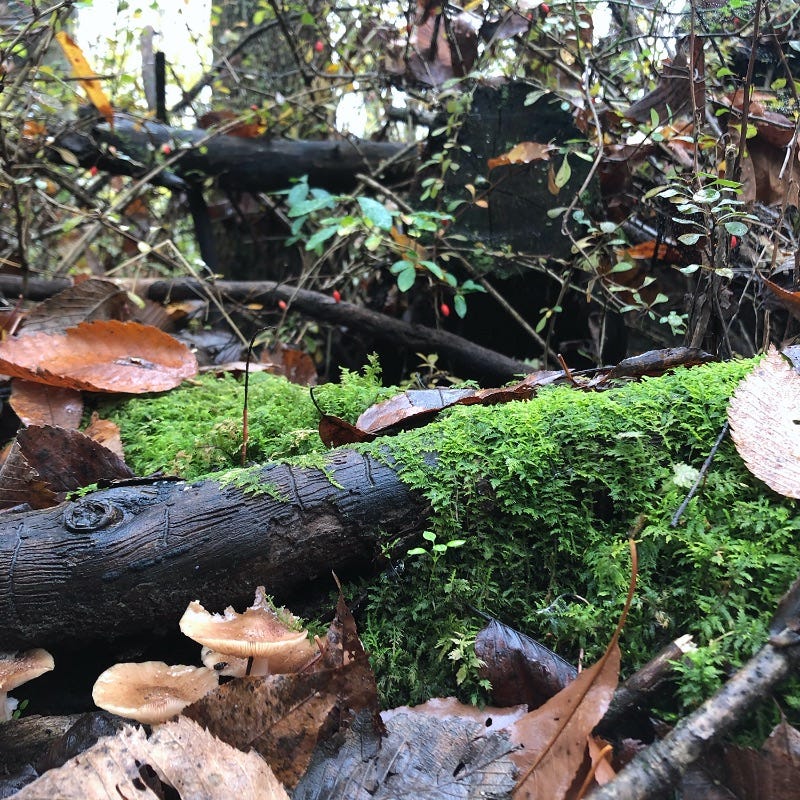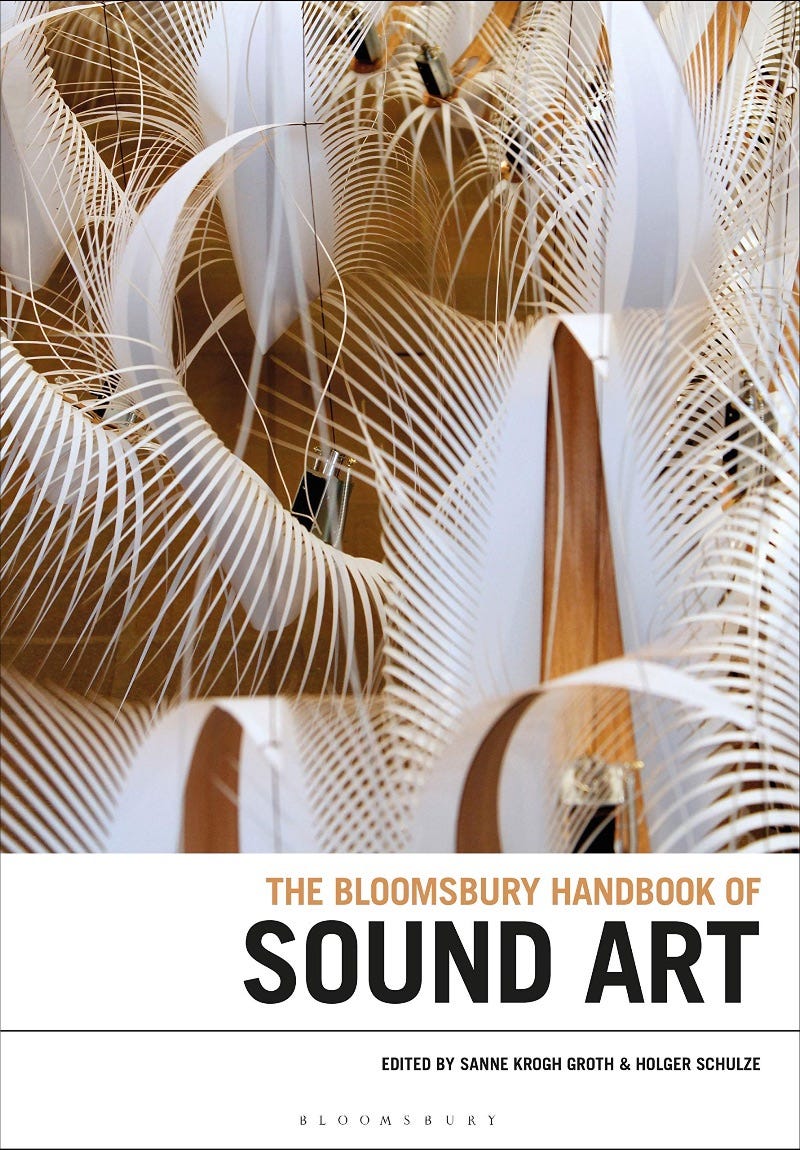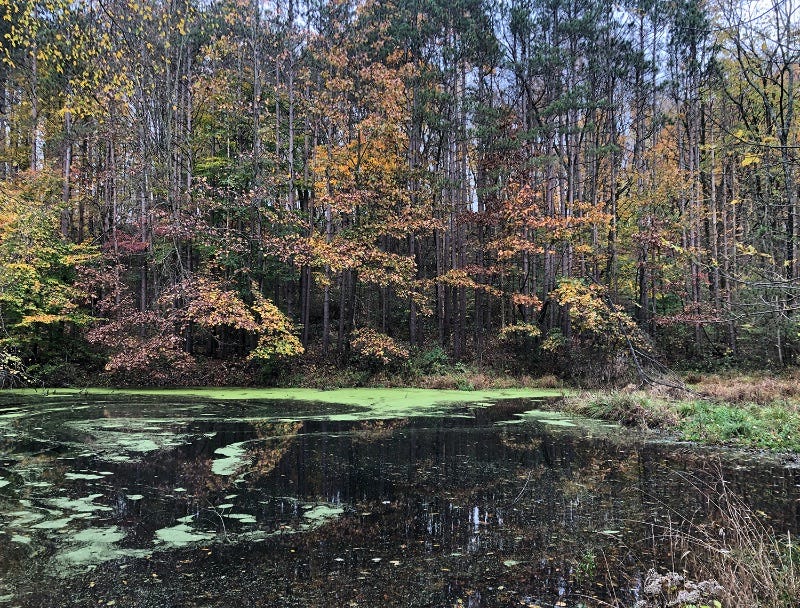Special Newsletter: 2020 Year-in-Review
End of year thoughts: Contemplation, action -- solitude, connection. These words define the year for me. Moving back and forth, and holding tensions between them. Letting them inform one another in ways that can make each better. It is how I have been making sense of and working through the pandemic, the protests, systematic police brutality, the election, and this current moment, too.
The author Lewis Hyde talks of the idea of publication as “one of the most deliberate social acts we have,” and I am hoping that even this small act of sharing the work and thoughts below can contribute in some way to these issues, and can bring new connections and insights forward. Hyde was talking about Henry Thoreau in the above quote, who knew both quiet and action well, and whose solitary writing was, among other things, a form of community. And of course, since I have been working on a Thomas Merton-related project for the past few years, I am keenly aware of Merton’s own use of the pen to speak out against racism, the Vietnam war, and environmental destruction, all while in the solitude of his hermitage.
So, below, I am sharing the work and projects I’ve been involved with this year, and I hope they may be of interest to you. Look out for a special newsletter for New Year’s Eve - I’ll be sharing with you a track from the forthcoming album Words and Silences, featuring the hermitage tapes of Thomas Merton alongside my ensemble. My best to you, Brian
MUSIC AND SOUND PROJECTS: ALBUMS
I released one album in 2020, called Many Hands (vol. 2) -- careworn, delicate, intricate, tender, quiet -- even the loud parts are gentle and under this spell. Many Hands is the second volume in a series of piano works for multiple players. If the first volume was inspired by the landscapes and labor of Appalachian Ohio, the theme of labor is shared here, with a special focus on “care labor”: the work done quietly and selflessly by unnoticed parents and nurses and social workers and teachers and artists, too. Benzine Magazine (France) gave it 4 / 5 stars and states that it “continues an exploration of minimal piano as if [Harnetty] were looking through infinite tiny details to revive old memories… The result is a magnificent disc.” And Columbus Alive called it “an alluring, hypnotic, peaceful collection of piano compositions that may help to quiet your mind in these anxious times.” You can purchase the album on Bandcamp here.
In February, I also offered three earlier albums on Bandcamp -- all originally released on Chicago’s great avant-label Atavistic Records. American Winter (2007), explores the Berea Appalachian Sound Archives in Kentucky. Critic Thom Jurek called it "Brilliant, maddening [and] addictive" and gave it 4.5 / 5 stars. Listen here.
Silent City (2009) was inspired by my father’s home town Junction City, where the cemetery across from his childhood home was referred to as “Silent City,” and it features three tracks with Bonnie Prince Billy. The Wire notes that it "emerges to create a new text, breathing new life into old chunks of sound by radically recontextualizing them.” Listen here.
The third album The Star-Faced One (2013), features the Sun Ra Archives (and literally the best album cover ever, by the great Damon Locks). The album received wide critical acclaim, including Mojo Magazine's 2013 "Underground Album of the Year." Listen here. ALSO: a PDF score is included with purchase of American Winter or The Star-Faced One.
MUSIC AND SOUND PROJECTS: LIVE VIDEOS
Performing for the Wex[EP] series in May.
There were two pandemic-produced live online shows, both of which you can watch now (reruns) on YouTube. The first, from May, was for the Wexner Center for the Art’s Wex[EP] series. It explores the town of Shawnee in Appalachian Ohio, with a performance of “Jim” from the album Shawnee, Ohio. This is a stripped down solo version, performed in the Tecumseh Theater, where my grandfather performed a century earlier.
Performing for the Fuse Factory in October.
The second performance, from October, was for the Fuse Factory “Live Vids for Covid” series, and took place in my home studio. Here, I performed several pieces from the first Many Hands album, again as a solo performance. Quiet, rhythmically free, and intensely melodic, these pieces included Jon Johnson’s videography of the town of Shawnee, which was originally used for live performances.
MUSIC AND SOUND PROJECTS: ART OF TREES
This year, I was also happy to begin a year-long visiting artist position at Kenyon College in Gambier, Ohio, where I have been contributing to a larger Art of Trees project. I met with over a dozen classes (outside and masked!), in disciplines ranging from environmental studies to biology to art history to dance, as we explored place through the methods of listening, observation, sound walks, and mindfulness. Read more about the project here.
The project has helped me to feel a sense of connection with the students and teachers, and with the landscapes and soundscapes of Ohio. I also think it offered some relief to the constant anxiety the in-person and remote students were struggling with. If you would like to learn more about the project, you can visit here. ALSO: I’ve been slowly adding to a sound map of Gambier, and you can listen to a dozen or so recordings and look at pictures from our listening sessions. Find it here.
ARTICLES AND INTERVIEWS
I’m so honored that several of the projects that I have been working on have been able to be a part of larger regional and national conversations on sound, archives, Appalachia, environment, extraction, and social change.
A Community is a Garden: The Forest Listening Rooms project was part of a fascinating Environmental Justice Practicum, called "Sustainable Futures," hosted by the Guggenheim Museum. Here, Yale student researchers created a toolkit to show how artists and community members work together to create “spaces of inclusion and participation for social and communal transformation.” You can learn more here, and download a more in-depth PDF booklet here.
Art Journal published an article by Faye Gleisser that includes a deep dive on the sonic world of a project I contributed sound to called Topsy-Turvy, by by Jacqueline Tarry and Bradley McCallum. Gleisser notes: “To hear stereotypes and not just see them is part of the extended object lesson Topsy Turvy addresses through its respatializing of the persistent residues of slavery in the twenty-first century.” You can read more here.
Jeremy Woodruff’s chapter “Composing Sociality” in the Bloomsbury Handbook of Sound Art explores Forest Listening Rooms. He states, "...the activities of walking through the forest initially, being present there, hearing the archival voices and particular opening observations, in combination with the participants sharing life experiences, created an intimate situation that refocused the questions asked and transformed the listening, generating an energy whose potential was much larger than that just created by the hearing itself." Read more here.
In May, I had the pleasure of an in-depth talk with the Sun Ra Arkive Podcast about my 2013 album, The Star-Faced One, performing archives, and the creative process. You can tune in and listen to it here.
The National Forest Foundation also weighed in on Forest Listening Rooms and Shawnee, Ohio, featuring the recording and community work that I have been doing in the Wayne National Forest in Ohio. Read it here.
First, a big thanks to you readers and listeners; I know that social media and even these newsletters can seem so impersonal and can not substitute for face-to-face interaction, and long conversations over food and drink. Even before the pandemic, I felt myself retreating, having fewer of those most important connections -- & I am determined to make them happen again in the future. So, thank you to you for your willingness to read these letters and support the work; and hopefully we can make more two-way conversations very soon.
And finally, I want to thank both the MAP Fund and the Ohio Arts Council. I was the recipient of a 2020 MAP Fund Grant for a new project in Appalachian Ohio, and an Individual Excellence Award from the OAC, which has funded the creation of Words and Silences. Their support has been invaluable and has enabled me to keep working throughout 2020.
Best wishes in 2021, Brian
(P.S. Look out for a special newsletter on New Year’s Eve!)


